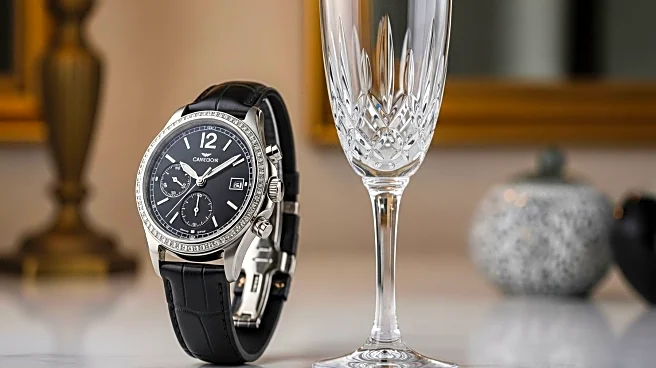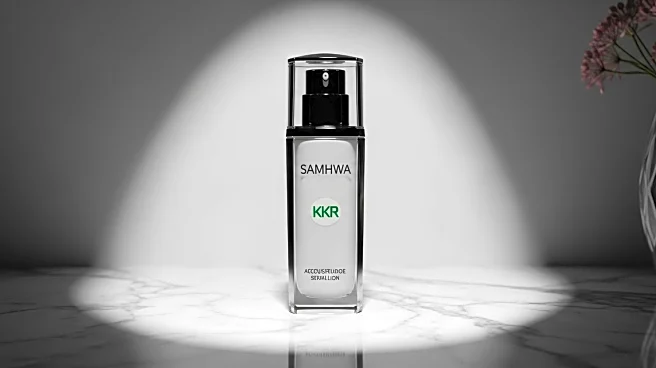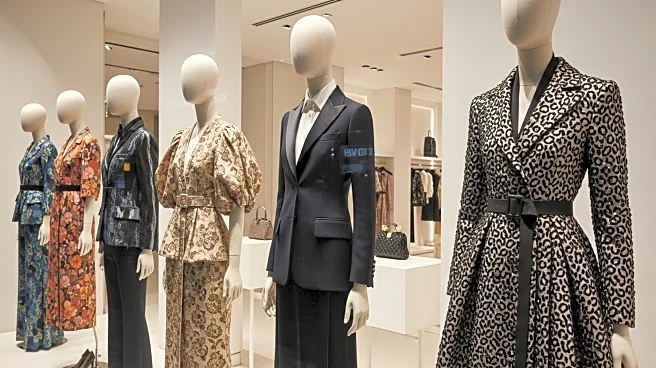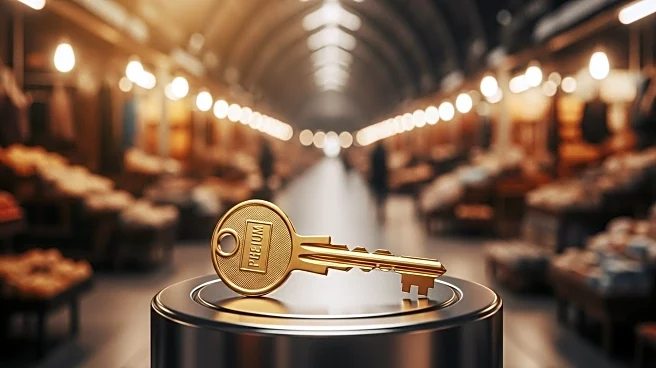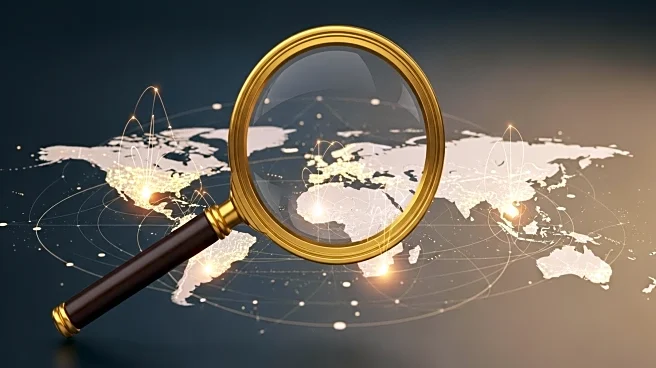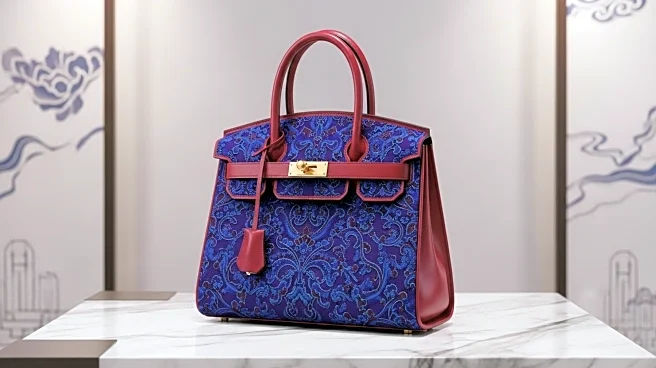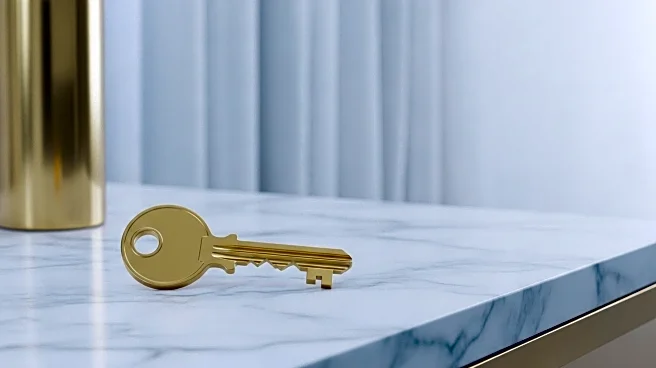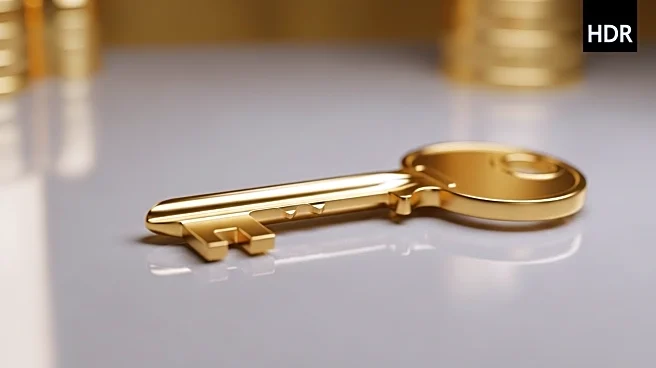What's Happening?
The luxury industry is experiencing its steepest sales decline since the 2008 financial crisis, exacerbated by economic slowdowns, volatile markets, and geopolitical tensions. Analysts argue that the industry's problems are partly self-inflicted due to 'greedflation,' where brands increased prices without innovating products, leading to consumer disinterest. Major luxury brands like LVMH, Kering, and Chanel are attempting to reignite demand through creative reboots and new leadership. Despite these efforts, the industry faces a mixed outlook, with Bain & Company forecasting a contraction of 2-5% this year. Challenges in key markets like China and the U.S. persist, complicating recovery efforts.
Why It's Important?
The luxury sector's downturn has significant implications for global economic stakeholders, including investors, manufacturers, and retailers. The industry's reliance on consumer confidence and discretionary spending makes it vulnerable to economic fluctuations. Brands are under pressure to innovate and adapt to changing consumer preferences, which could lead to shifts in product offerings and marketing strategies. The industry's recovery is crucial for maintaining employment and economic stability in regions heavily dependent on luxury sales.
What's Next?
Luxury brands are focusing on creative reboots and strategic leadership changes to stimulate demand. Analysts predict potential growth in 2026 as economic conditions improve, particularly in the U.S. and China. Brands are exploring opportunities in emerging markets like the Middle East and Southeast Asia, where consumer interest remains strong. The industry's ability to adapt to these challenges will determine its long-term resilience and growth potential.
